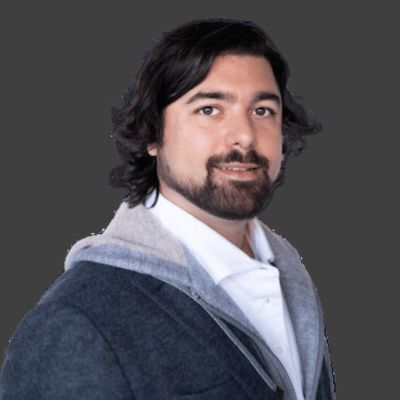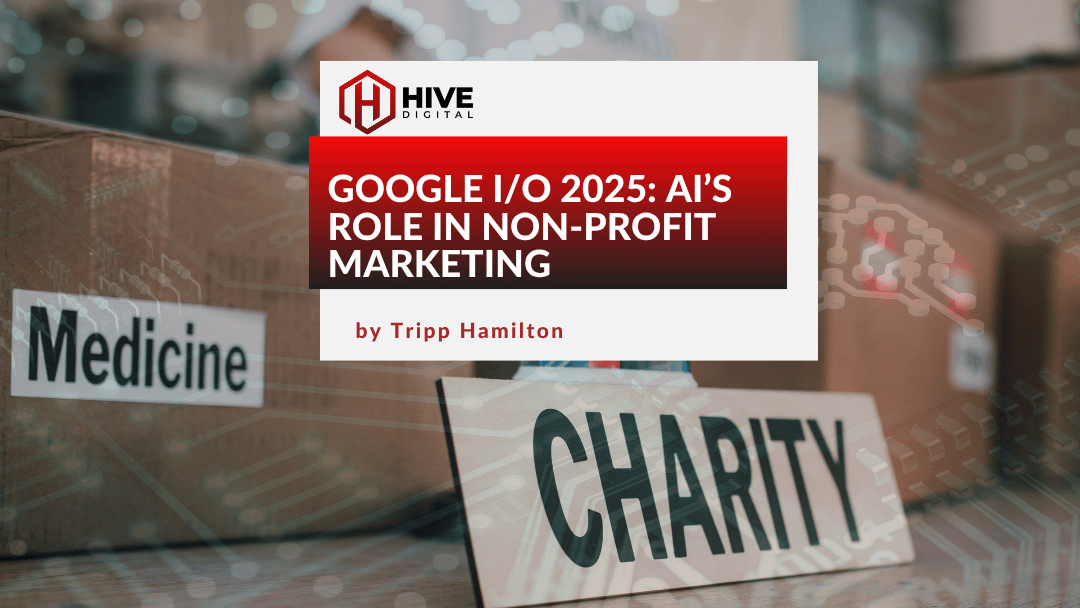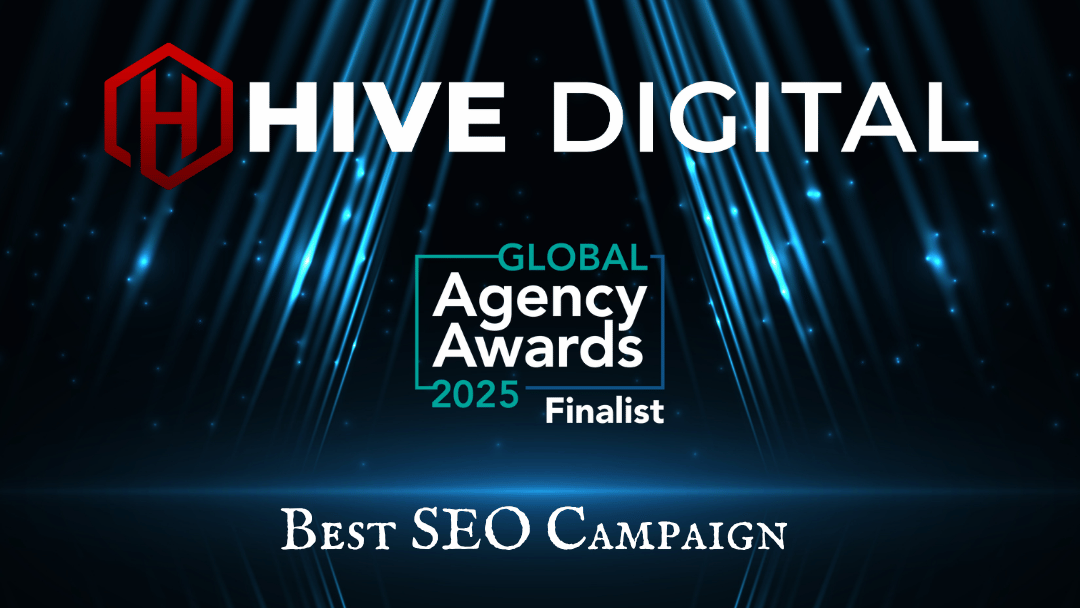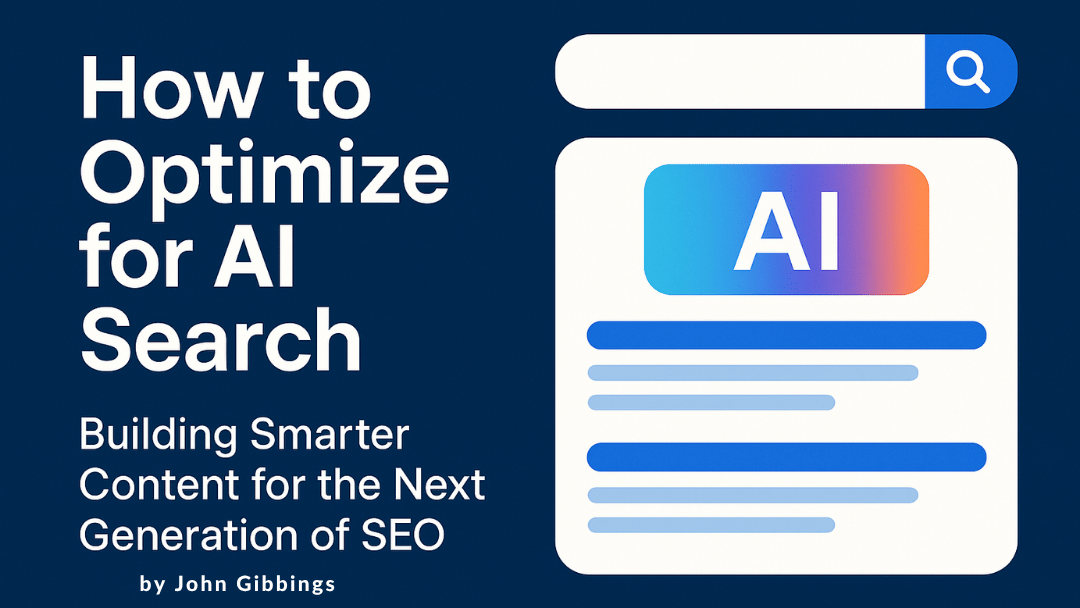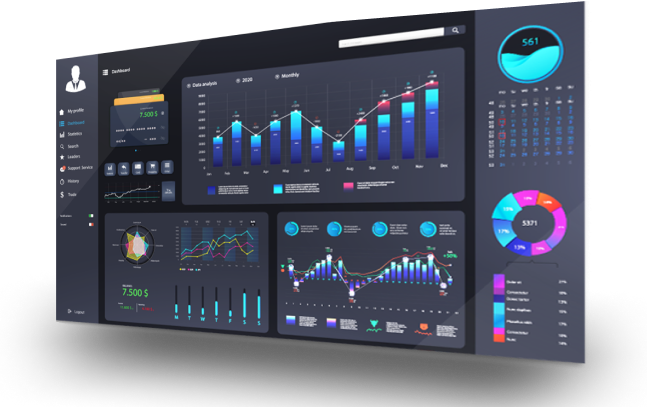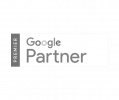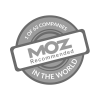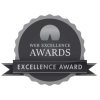Today’s CMO Roundtable will include: BE SURE TO REFRESH FOR LIVE UPDATES!
Brendan Hurley @HurleyB
Vice President & Chief Marketing Officer, Goodwill of Greater Washington
Previously the Director of Clear Channel Radio in Washington, he now oversees the marketing & communications strategies covering Goodwill’s retail operations, contract services and job training programs. In 2011 the American Marketing Association recognized Brendan as the National Nonprofit Marketer of the Year.
Suzanne Miglucci @channeladvisor
Chief Marketing Officer, Channel Advisor
Prior to ChannelAdvisor, Suzanne served as the Senior Director of Global Procurement Solutions Marketing at SAP, contributing to direction and marketing awareness portfolios. Suzanne now oversees company and product branding, public relations, marketing/communications, event management and demand management activities, driving ChannelAdvisor’s growth strategies.
Bob Stohrer @iHeartRadio
Chief Marketing Officer, Clear Channel Digital
Clear Channel Digital replies on Bob to oversee the national marketing plans, brand execution and social marketing efforts with a focus on iHeartRadio, their industry leading digital radio service. He drives the creative development for Clear Channel Digital along with facilitating their division’s strategic advertising initiatives. Bob has more than 20 years experience in brand development, advertising, marketing and media. Previously working at Sprint Nextel, specifically being an integral part of their prepaid multi-brand strategy following the acquisition of Virgin Mobile USA by Sprint Nextel.
Moderator: Ben Aycock @Ben__Aycock
Senior Director of Marketing & Brand Development, Carolina Hurricanes
With a strong belief in the power of the internet and technology to benefit not only the corporate world, but society as a whole, Ben swam through the agency world during the “Dot Com Boom.” Now, Ben is the creative leader, with over a decade of experience, for the National Hockey League’s Carolina Hurricanes Hockey Club (the only one that matters, in MY opinion!). The Hurricanes’ fan base has grown to an all time high with the devotion of Ben to the club for the past 15 years
MOD: FFirst topic – advertising. what forms are still relevant in 2012?
SM: My audiance is an online audieence so what’s relvant to me is online properties . We have to spend money where we are making money which is onilne and audience driven.
MS: Segment driven, between full time traditionaal MBAs and one that is gglobal incorporates oother schools around the wworld. Theres a lot of touch points such as email from organic leaads, digital bannner advertising, some radio and print bust mosttly digial. Social media can also fall into that category if done strategically.
BH – Advertising has to be relevant, Metrics are critical in determining a social media campaign.
MOD – So you think branding is still relevant in this day in age? You can see where your money is going and in your business branding is a big part of it?
BH – It’s critical, everything has to be monetized so we try to assign a critical value to all of our campigns. Metrics have to monetize them but we have to assign meaning to them and invest. Digital metrics are easy which is why its a strong medium, but with a radio campaign I want to be able to measure the success of foot traffic into our stores.
SM – Gone are the days of mass campaigning. You have to do so in a very targeted way to specific targeting. Online retail is a really big space. Mass emails only get a small return. If I do a segmented campaign to an automotive online retailer, I can double or triple the return because I can make it appear relevant to that audience. Once that happens they’ve bought in. However, I have to do that for my other industries as well so the audiences are made up of lots of SILOs. Write one piece of great content and then put your spin on it for each of them.
MS – The importance of branding with a one brand interprise, a constant needs to be strong, that is brand positioning. It tells audiences what to expect and its a proactive thing you need to live up to.
BH – Populations that donate to our stores may not necessarily shop in them We have to have a consistant brand message. I can use social networks to tap into fashionistas, whereas I can use something different for someone who may not have as much money and comes to shop not because its vintage. We use facebook ads with some success, digital analytics tell us exactly how many people come from our fashion blog vs. in our brick and mortor stores. Facebook is ale to provide exclusive offers. I’m also a big fan of Four Square to give people a unique opportunity to those that are using it.
SM – Social media outlets these days are getting smarter. They’re giving more opportunities to segment our audiences. We have to get smarter about looking into LinkedIn and how to advertise appropriately to hit the right audience with the right message.
MS – Our strategies are different depending on the network. Our facebook comminity is largely alumni, students and friends of the school. We have a LinkedIn presence and we treat the 2 channels very differently. Facebook is to engage people in what they came to the school for – we’re building more habitat for humanity houses. LinkedIn is different because we can target by job level, age, keyword, market, different characteristics and put specific ads in front of them. We’re also using LinkedIn by encouraging faculty to be resources for that community in a group because they are experts. If you do that and get them out as leaders and ad it to banner advertising you have a huge mulitplier effect for brand presence.
SM – We try to get customers to come forward and tell their story. That validation and story about how they use certain things to save time or money is far more credible. Creating community is far more effective than just using it as a push.
Mod- Over a decade ago during the dot com boom and bust everyone wanted a website. They didn’t know why. We’re in the same place now with social with so many pieces and opportunities. They don’t know how to create a brand.
MS – Corporations and brands have lost control of who they are laregely through social media. If you can get an advocate to speak up for you about the value of what you’re selling is incredibly more powerful than hearing the corporate voice. The change in consumer behavior from rankings, ratings and reviews over the past 10 years, now we all go out and check these before we go out and by anything. That’s a fundamental change in the way that brands themselves have lost control, but can be a great tool. Some industries – cars, electronics – 80% + won’t consider buying something without reading consumer reviews.
BH – Brand can be built and destroyed in a day. We are losing control to a degree, but you can maintain it by being involved in the conversation. If you hear what people are saying on Facebook and Twitter and respond appropriately you can manage it.
MOD – That’s a great point. At what point do you know your company needs to invest in some kind of software? Is it segmeneted? Email?
SM -Companies evolve. They start out small and have to automate at some point. You do one piece at a time – email marketing software, making sure they’re converting and you can measure what you’re getting back for that. Eventually you get more sophisticated with email and social media. That’s what we do at ChannelAdvisor. We have a system of record that also gives us point pieces to work around. Argyle Social helps us out with this with our media. I need to see the return that I’m getting for it and eventually there are tools you can use to help with that. I can lower my cost by 1/3 if I’m nurturing well but you can’t throw more people at it. I measure everything on a weekly basis and tweak campaigns because the market is always changing.
BH – We are in the process of finalizing a deal for social media monitoring purpose and we’ve narrowed it down to 2 different companies.
MOD – When did you say you had to invest? Did you feel like you were spinning your wheels? When did you say you would invest regardless of what the investment may be?
BH – I knew we had to invest for quite some time. This is a regional effort for the company. This is a platform we’re looking to use and we have all agreed we need a system of measurement and automation. It takes some pressure off and gives us metrics to gauge our success and efforts. We can text mine and see what people are saying and turn them into advocates for us hopefully. We decided as a group to draft a white paper for social media and measurement for business dummies. We presented it to our CEO and they call got it afterwards. They understand the value now You have to convince the decision maker that there is value and return.
MOD – Enterprise, Trade shows, industry events are back on the rise. Where do you invest your money.
MS- For higher education the trade show would be attending large fairs or graduate education fairs. They’re useful oversees where you have less presence in the market and you get to see as many people as possible. This is balanced with knowing we have to do something to stand out. We would invite people back after the fair and go more indepth about what we can offer. We’re shifting gears into a new strategy – in NY and DC we’re going to test it out as well as China and India. We want to bring an experiential presentation to the market. To demonstrate that and offer a taste we’ll be doing a leadership simulation for our MBA coursework that we’ll present to 50-60 prospects. Those groups will break out into other groups and be facilitated by a local alum. We can make sure that we also have an added value presence and added social connection.
SM – My story isn’t much different, The commercial side of it. We do some special events attuned to our audience. We may go to a trade show then do an enterprise dinner with key customers set up as speakers (similar to alums). We tailor it more to a dinner event then sit people down together and we leave the room. We want people to network and share ideas together. Customers sitting next to our prospects without us guiding the conversation. When I can bring in happy customers I know it’s going to go well. It goes with community and branding. These are wildly successful for us along with a big annual conference. We put on a fall leadership conference with industry leaders and customers. You don’t see ChannelAdvisor speakers, it’s just happens to be sponsored by us. Bringing through and relationships to the table makes a show really click.
MOD – Everything starts with a conversation is very true. How do you stay on top of trends.
BH – Things like this. I subscribe to more email newsletters than you could imagine. You have to sift through what is relevant. I try to stay involved in the business community. Conversations and talking with people and my peers and how they’re addressing problems is big. Constant learning and relationship development. (Where do you find the time?) It’s hard.
MS – I like to devote some time to window shopping online to see how competitors present themselves to the market. How are they mixing thought leadership with straightforward value proposition? I also find it to be helpful to look to any industry (particularly outside of higher ed) – retail, fashion, industrial design – for a sense of materials, colors, fonts, shapes. You have to have a strong in house creative team or you have to do it yourself to keep the brand fresh.
MOD – Do you keep it all in house or use agencies?
MS -A little of both. Agencies can be expensive. If the concept and vision is already there agencies can definitely help.
SM – We do some outsourcing. There’s just some things people do better than we can. When you invest in it you have to choose really carefully. Getting back on how to keep on top of trends. ChannelAdvisor has done something different. How do consumers and prospects consume these things themselves? We did an executive outreach program. I was assigned to a handful of top costumers. Each of us owns this group. We email them, visit them once a year, and have a conversation. Not just about how they use our product, but what is keeping them up at night? What are they doing about it? It’s been eyeopening to see how the trends affect our customers and it has affected our roadmap. We do focus groups, but executive to executive conversation is different.
BH – Your associates and subordinates being sent to career development jazzes them up when they come back. The majority of great ideas have come from people that work for me. The only credit I take is being smart enough to say it was a great idea. I strongly encourage people to look at those that report to them. If you give them autonomy you’ll have them around forever.
MOD – That’s a great trait of a great leader, assembling a good team. Content management – how do you address what your audience is looking for and where they are looking.
MS – It comes back to early leads before they are a prospect. We make sure we put our brand, testimonials, experiences, etc out on Youtube. Blogs that are written through various teams answer questions people are looking for in terms of applying and what to know about the process of admissions or MBA. Admissions directors putting FAQs or top 10 lists draws back enormous SEO value to the channel. We’re merging student blogs as well and building inquiry forms, into those blogs. We expect to see benefits from that.
SM – Content has changed so much over the years. We write great white papers, today i will tell you not to do that. Have a 3rd party do it for you. People have the attention span of a gnat. Do video, people love it. People will read an e-book before a white paper. It’s the way the millenials are absorbing information today. You need to present in a way that people want to consume. I make sure various forms are available on my website. It has to be short, relevant and interesting.
MOD – What drove you to that conclusion?
SM – Watching the numbers! Watch the click throughs. We do a lot of cross pollination and watch the downloads and click throughs. It gets back to why measuring is important.
BH – Your content has to be customized for each group you’re targeting. We have 2 different facebook pages for various audiences. To put content that isn’t relevant to something people don’t care about doesn’t make sense so we separated them. We have 2 Twitter accounts as well.
MOD – Great solution. How do you rise to the top? How do you get your voice out there? How do you approach is strategically?
BH – First you have to recognize the quality of the content is more important than the number of people that are looking. I would rather have 1000 people I can convert than 100,000. There’s real value in driving our message to the top of the Google search engine. We are reinforcing our social media presence. The channels we’re using are standard. You walk a fine line with earned media because you want to make sure that the relevancy of your voice is towards people that care. We’ve done a decent job with that.
MS – Try to be one of the distractions. You can do that through thought leadership content. Re-targeting was extremely successful. We had 90% of our conversions not from the first ad on a branded content site, but when they’re shopping for something or looking on a different site and their guard is down. Re-targeting, on dictionary.com, advertising for a graduate degree makes you stand out because you’re different from everyone else that’s paying to advertise on that site. They’re more psychologically receptive to that message.
MOD – Strategy for forecasting to looking ahead – how do you approach that?
SM – it’s always good to have a big picture and a 5 year plan. 5 year plans are hard to bring to fruition. We have a 1 year plan ahead. I’m always half way through when I’m planning the next. Every quarter I recalibrate. I go back to the customers and revisit how to make it better. How do I make the budget best used? By the time I get to the end of the year it’s usually completely different. Online retail changes on the dime, my customer base can be disrupted. Its an advantage to help and be a thought leader. You need a great plan with goals and a conversion rate that you can look at after you’ve changed along the way.
BH – That’s our approach as well. We constantly scan the environment, evaluate, reevaluate. We have a 5 year plan that changes every year and sometimes every quarter. “It’s not the plan that counts, it’s planning that counts.” Our strategic plan is sitting on my desk 24/7. I look at it every day.
MOD – I’ve met a lot of younger folks today. I told them I was hosting this round table. They may be in a certain line of business and they may want to be in marketing or they’re more in the technical field. Recommend something for someone who wants to eventually be a CMO.
MS – Some people want to go back to school. There are types of metrics and data and strategic types of things that are hard to just pick up. You can always take some courses. Overall, being a problem solver and understand that everything you do, every single thing, should be customer-centric. If you have that point of view and the understanding that no one is coming here because they want to fulfill YOUR vision statement or be part of your experience, they’re coming here to solve a problem or achieve a goal. You have to have every step on that path be focused on optimizing the customer experience. What is best for the customer? This is great in marketing. Any job function in an organization, with that point of view you will always come to the same end goal.
SM – I agree. There are certain things that are innate that you can’t teach. There are a lot of things you can teach with marketing. You can’t teach creativity. I can teach a campaign person.
MOD – Questions from the audience
AUD – You talked a lot about social media, SEO, etc. You didn’t talk about your own website for customers coming in. Most websites are pretty awful, they don’t do any SEO or marketing. Are some companies over investing in social media and under in their site?
MS – It’s incredibly important to look at your brand promise from an ad and match that echo with your landing page and throughout the site. You don’t get a good result. The spell is broken.
SM – I generate 12,000-15,000 leads every week. My website is my #1 lead generator. I guess what is implied is that even though I buy banners online, everything converts on my website. The tie between the brand promise and then landing page is important. Investing in a website, especially landing pages is incredibly important. That’s where you gain your credibility. The easiest way to measure is on your webpage.
BH – You have to understand how people are using your digital channels. We spent a lot of time evaluating all of our channels. From our perspective, our website is information. Our goal is to make it as simple and navigate as possible based on customer need. Engagement piece occurs on social media. It’s more dynamic, it’s constantly changing. We spend much more time on social media. We do make a point to change our website.
AUD – Coming from a recent graduate perspective. I’m taking a leadership role in a small company. Being in a small company we have a budget but we have important conversations with your CFO. How do you create an exclusive event on a budget?
SM – Start talking. Engage sales people, let them do some homework and pick customers. Then you build a small event and push these people together and point to a conversion. Once you have that wind you have a leg to stand on. Start small, test the waters and see if it works, be sure that customers are talking to prospects and gain customers that way.
AUD – Brendan, you mention that you wrote white paper that you brought to your senior leaders. Do you think its more important for people at the top to buy in or have it bubble up from the bottom end employees?
BH – Good question. 2 voices are louder than one. Internal alliances to push an initiative certainly helps, they are more inclined to listen. You have to justify and monetize changes you want to see. CEOs and CFOs are driven by numbers, if you can’t show these you’re spinning your wheels. If you aren’t successful on your own internal alliance is really important.
END OF ROUND TABLE.

